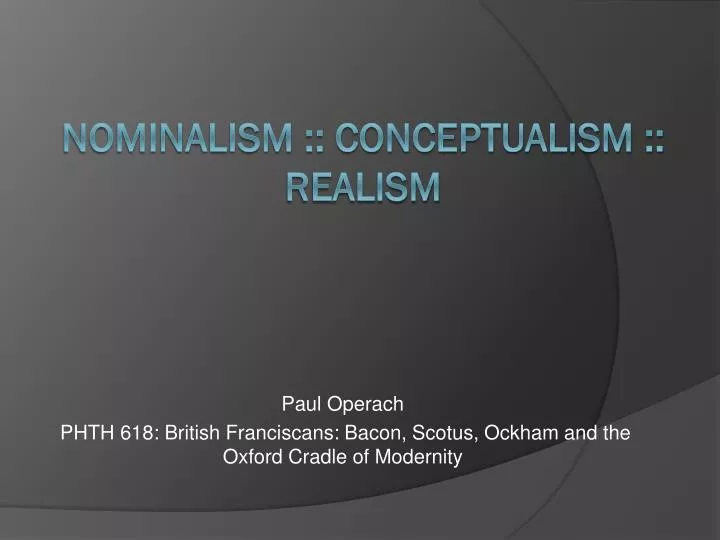

As we’ll see next time, one of his contemporaries at Paris used a very different approach. Thus, as always, he accepted the thought of Aristotle only so far as it could be made to conform to his preconceptions about Christian doctrine. Although the human soul is indeed the form of the human body, Bonaventure maintained however, it is capable, with the help of god, of continuing to exist after the death of the body. Even matter itself is endowed by the creator with seminal urges by means of which effective causation can proceed from within.ĭespite his general commitment to neoplatonic principles and rejection of Aristotelean metaphysics, Bonaventure did accept the notion of human nature as a hylomorphic composite. Thus, in the language of Christian doctrine, we are made in god’s image and likeness or, as Plato might have put it, we participate (partly) in the Form of the Good. Since god is the central being from which all else then emanates, every creature-including even human beings with sinful natures-may be regarded as a footprint (Lat., vestiguum) of the divine reality. Thus, efforts to prove god’s existence naturally begin with religious conviction itself, as an internal evidence of creaturely dependence on the deity.īonaventure held that the notion of an eternal material order is contradictory, so that reason itself supports the Christian doctrine of creation.

Like Anselm, Bonaventure supposed that truth can emerge from rational argumentation only when the methods of philosophy are illuminated by religious faith. BonaventureĪfter studying in Paris with Alexander of Hales, Bonaventure taught and wrote extensively, leading his Franciscans in the measured defense of thescholastic synthesis of Platonic philosophy with Christian doctrine. Later Dominicans, like Savonarola, were more likely to pursue political power than philosophical truth. Thus, their finest expositor was Aquinas, whose works became definitive of Dominican (and, eventually, of Catholic) philosophy. The Dominican order, founded by Dominic in 1215, on the other hand, placed great emphasis on the use of reason and made extensive use of Aristotelean materials. In later generations, however, members of this order were leaders in the anti-rationalistic attacks that brought an effective end to scholastic traditions. As their leader in mid-century, Bonaventuredefended a traditional Augustine’s theology, blending only a little of Aristotle in with the more traditional neoplatonic elements. The Franciscans, founded by Francis of Assisi in 1209, were initially the philosophical conservatives. At Paris during the thirteenth century, two of the newest orders found their most capable philosophical representatives. When universities developed in the great cities of Europe during this era, rival clerical orders within the church began to battle for political and intellectual control over these centers of educational life. In coming generations, this reliance upon experimental methods would become vital for the development of modern science. Although he granted that consultation of the ancient authorities has some value, Bacon argued that it is even more important to employ individual experience for experimental confirmation. Bacon proposed a systematic plan for supplementing our meager knowledge of the external world. In England, Roger Bacon initiated a national tradition of empiricist thinking.

This encouraged significant modifications of the prevalent neoplatonic emanation-theory. Robert Grosseteste, for example, followed Ibn Sina in emphasizing the causal regularity evidenced by our experience of the world, and Siger of Brabant used the commentaries of Ibn Rushd as the basis for his thoroughly Aristotelean views.
Roger bacon ockham universals knowledge sense experience full#
Translations of ancient Greek texts (and the fine Arabic commentaries on them) into Latin made the full range of Aristotelean philosophy available to Western thinkers. Bonaventure receives the envoys of the Byzantine Emperor at the Second Council of Lyon, by Francisco de Zurbarán / Louvre Museum, Paris Reviving the Westĭuring the thirteenth century, Christian Europe finally began to assimilate the lively intellectual traditions of the Jews and Arabs. Henricus de Alemannia with students in a medieval university, by Laurentius de Voltolina, second half 14th century / Kupferstichkabinett Berlin


 0 kommentar(er)
0 kommentar(er)
